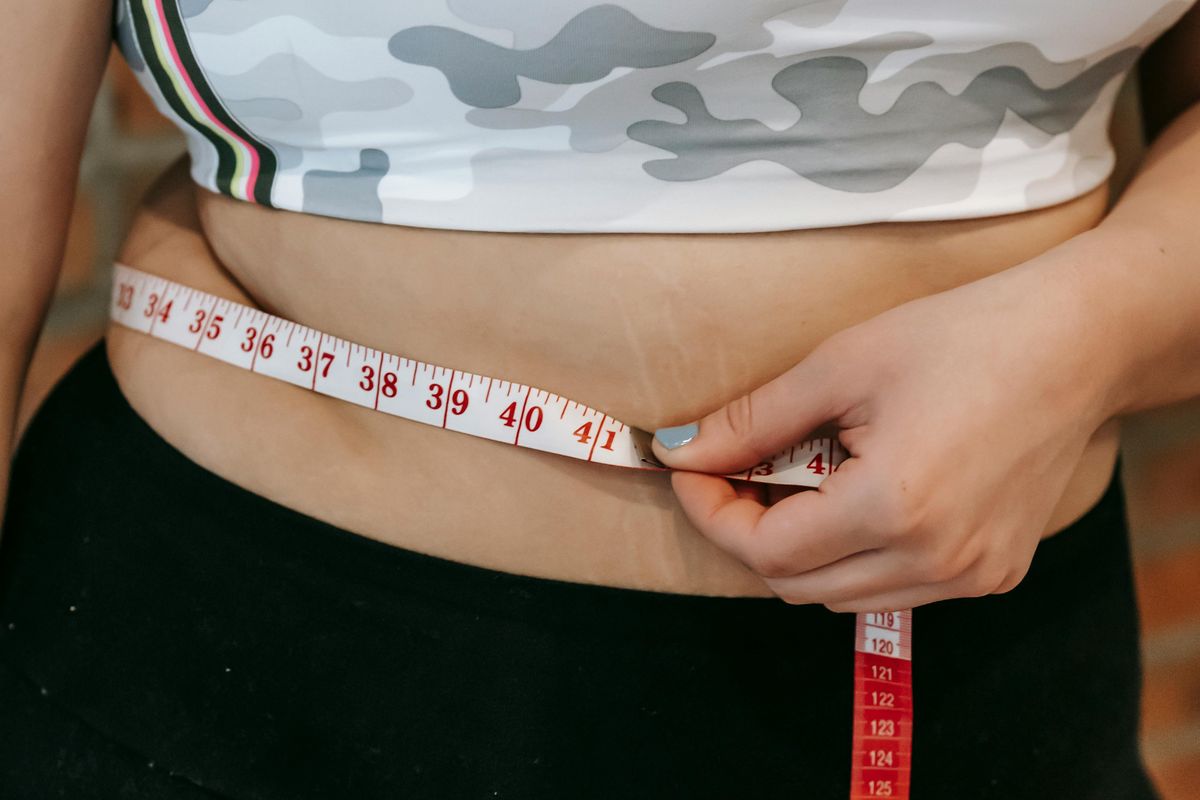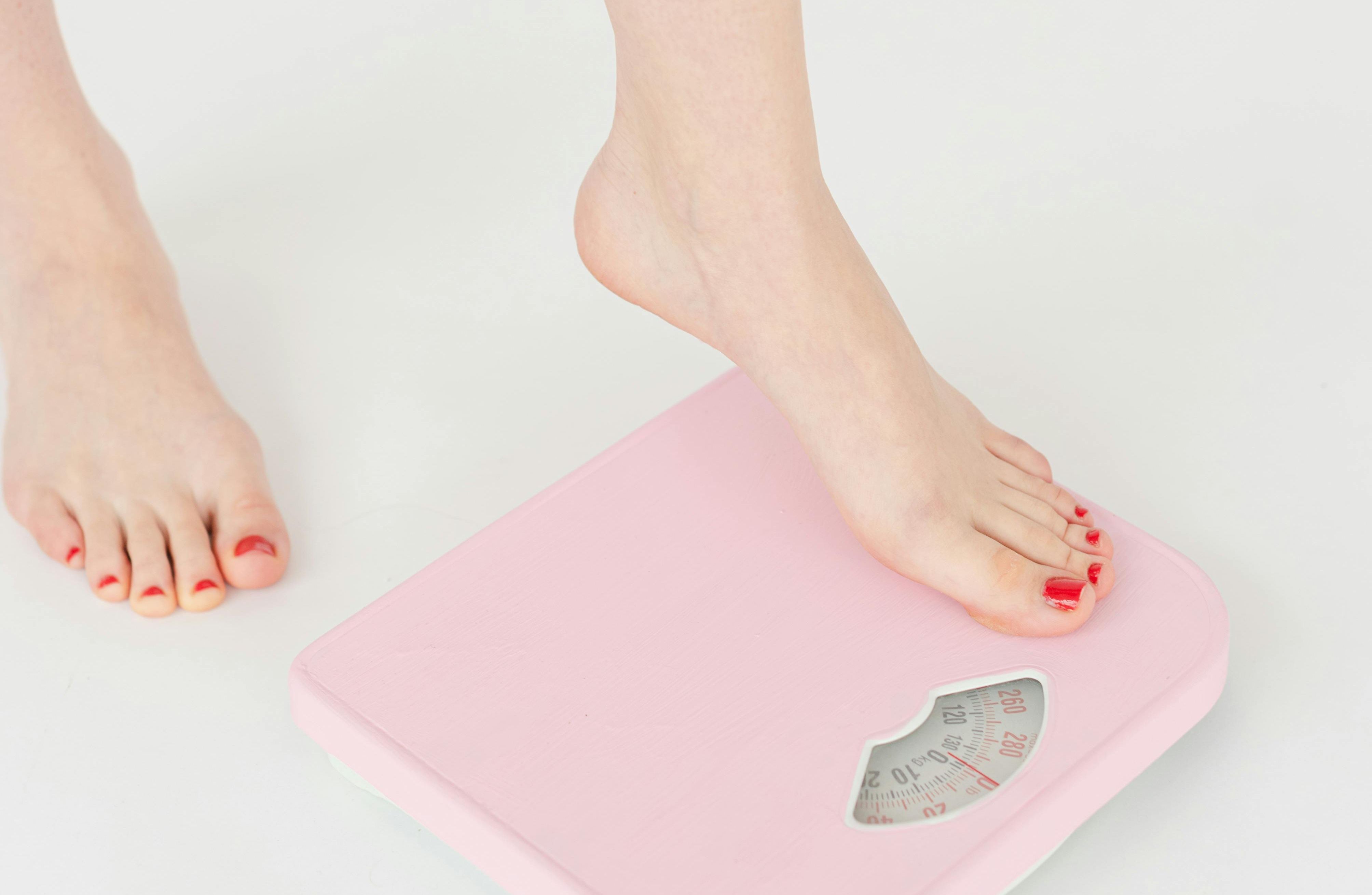Goodbye BMI. Body Roundness Index doesn’t use weight and may become the new measurement.
BMI has had its detractors for a long time.

A woman measuring her waist.
Since the 1980s, Body Mass Index (BMI) has been one of the most popular ways for healthcare workers to determine someone’s overall health, but it has plenty of detractors. The index has been called everything from inaccurate and misleading to racist, sexist and fatphobic.
Others find it useful as a quick and easy calculation for an overall health assessment. “Doctors have to take a bigger, broader picture,” Dr. Justin Ryder, associate professor of pediatrics and Northwestern University, told CNN. “They should look at their adult patient and not just say, ‘OK, your BMI is 31, you need to lose weight,’ as that’s not necessarily the answer all the time.”
However, this debate may be over soon after the development of the BRI, or Body Roundness index. Researchers say the index is a more accurate way to determine a person’s health because it emphasizes belly fat more and doesn’t require weighing the patient.
First, look at BMI and why some people have a problem with it.
What is Body Mass Index (BMI)
BMI was introduced in the early 19th century by Lambert Adolphe Jacques Quetelet, a Belgian mathematician who created the measurement to measure obesity for the government. The calculation is pretty simple: divide weight in pounds by height in inches squared and multiply by a conversion factor of 703.
The result puts people in one of 4 categories:
• Underweight – a BMI of less than 18.5
• Normal – a BMI between 18.5 and 24.9
• Overweight – a BMI between 25.0 and 29.9
• Obese – a BMI of 30 or above

The big critique of this measurement is that it doesn’t take muscle mass into consideration and muscles weigh more than fat. Therefore, a bodybuilder who is very lean can have a high BMI that incorrectly suggests they are overweight.
The measurement has also been called sexist because women tend to have more fat tissue than men. It’s also been accused of being racist because it was developed on Anglo-Saxon men and studies have found that people of various ethnic backgrounds are healthier at different BMIs.
Kimberlydawn Wisdom, MD, MS, FACEP, the Senior Vice President of Community Health & Equity for Henry Ford Health, says that BMI can also promote eating disorders and weight bias.
What is Body Roundness Index (BRI)
The BRI was first introduced in 2013, and it takes into account one’s height, waist circumference, and sometimes hip circumference for calculation. “It has to do with geometry. So if you look at Body Mass Index, you can come up with a geometrical explanation,” Diana M. Thomas, PhD, a Professor of Mathematics at the United States Military Academy at West Point and author of the first paper outlining the index, told Healthline. “With BMI you’re actually using just two measurements. You’re using weight and height. In the Body Roundness Index, we’re using a few more measurements on the human body to capture that shape.”
Researchers believe that measuring a person’s waist better reflects the body's fat amount than their weight. “By taking weight out of the equation, BRI provides a better indicator of how much belly fat (visceral fat) surrounds the organs inside the abdomen. High amounts of belly fat are linked to high blood pressure, heart disease, diabetes, and some cancers,” Matthew Solan writes at Harvard Health.
A study that followed 33,000 people found that increased BRI is associated with a risk of death compared to those with a lower BRI. For example, those with a BRI of 6.9 had a greater risk of early death than those with a lower BRI of 4.5 to 5.5. Further, those who are older and have lower BRIs (less than 3.4) have a significant risk of death because they may be malnourished due to poor health.
The researchers also found that BRI did a better job at calculating a person’s body composition than BMI. “Our findings provide compelling evidence for the application of BRI as a noninvasive and easy-to-obtain screening tool for estimation of mortality risk and identification of high-risk individuals, a novel concept that could be incorporated into public health practice pending consistent validation in other independent studies,” the authors wrote.
It’s also easy for doctors to calculate in a fast-paced medical setting. “The goal is to have something that can be used by the most number of sites,” Thomas told NBC News. “You don’t need a scan or special scale. BRI only requires a measuring tape.”

